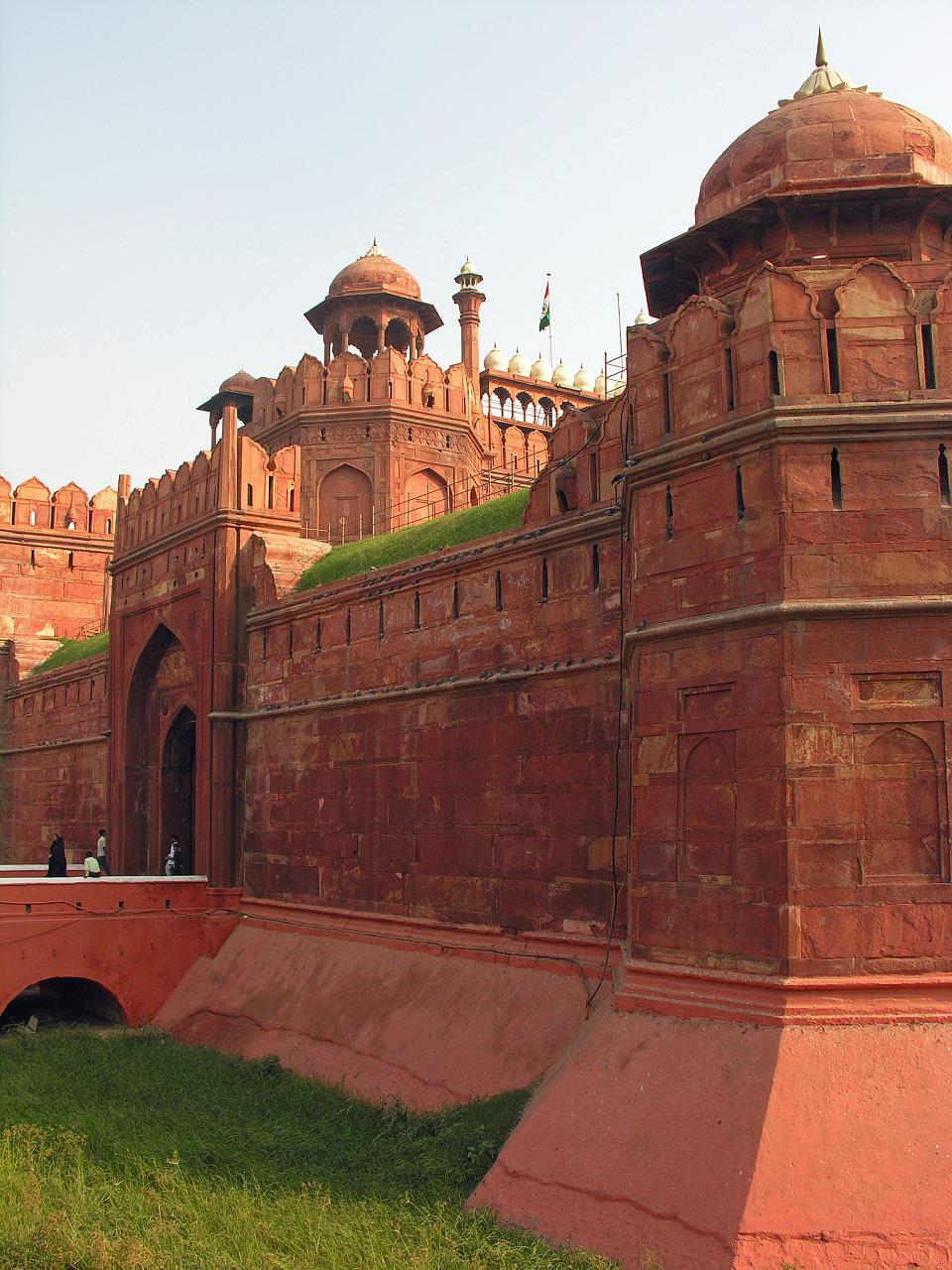Marcel Proust, the French novelist, once said: “The voyage of discovery consists not in seeking new landscapes, but in having new eyes.” This is all too true today, as we try too hard to look beyond what we already have and, as a consequence, fail to appreciate the beauty that surrounds us. If we look at where we live from a new perspective and a new mindset, we’ll see it in a different light and perhaps learn to appreciate its beauty more than ever.
India is one such place that has attracted loads of visitors for years. The country’s amazing landscape, coupled with its rich, varied history, makes it a must-see for tourists from across the pond. But when we ourselves live in this colourful country, we sometimes get so used to it and don’t appreciate it for what it is.

The Golden Triangle: India’s famed tourist circuit
If you would like to see more of India with your own eyes, there is one area where you could start: India’s Golden Triangle. This is a tourist circuit that consists of three main cities: Agra, Delhi, and Jaipur. Explore these places, and you will have a better understanding of what India is all about.
The history of the region
Agra, Delhi, and Jaipur are some of the most visited places in the country for the simple reason that they showcase a wealth of cultural and historical treasures. The name ‘golden’ is entirely apt for this region.
In 1526, Delhi became part of the Mughal Empire. The emperor, Babur, made his base in Agra, making it a focal point where subsequent emperors extended their rule over the whole of India. One emperor, Akbar the Great, established a city called Fatehpur Sikri, but this city only lasted until 1586 as the city did not produce enough water. In 1653, another famous and revered emperor, Shah Jahan, then built a monument to honour his dead wife, the monument we now know as the Taj Mahal. This moving testament to love and loyalty was also built in Agra.

However, around the middle of the 17th century, Old Delhi replaced Agra as the capital of the empire, and this was when the famous Red Fort was constructed.
The third city of the Golden Triangle, Jaipur, was established in 1727. Jaipur is well known for its stunning architecture, particularly its rose-coloured buildings.

In the mid 18th century, however, the Mughal Empire collapsed, and it was then that the British held sway from 1803.
What to see
Obviously, the Golden Triangle has many points of interest for both local and foreign visitors. But some must-see sights include the Red Fort, which has walls that are, at some points as high as 23 metres. Another worthy place to visit is the enchanting Taj Mahal, the Amber Fort in Jaipur, and the so-called ‘baby Taj Mahal’ – Itmad-ud-Jaulah.
For sure, there are other sights to see in the Golden Triangle. In order to see everything, take a 9-day tour so you have ample time to explore the different areas and absorb all the sights, sounds and smells to your heart’s content. There’s no time like the present to get to know India a bit more.


No comments:
Post a Comment
Leave your comment below